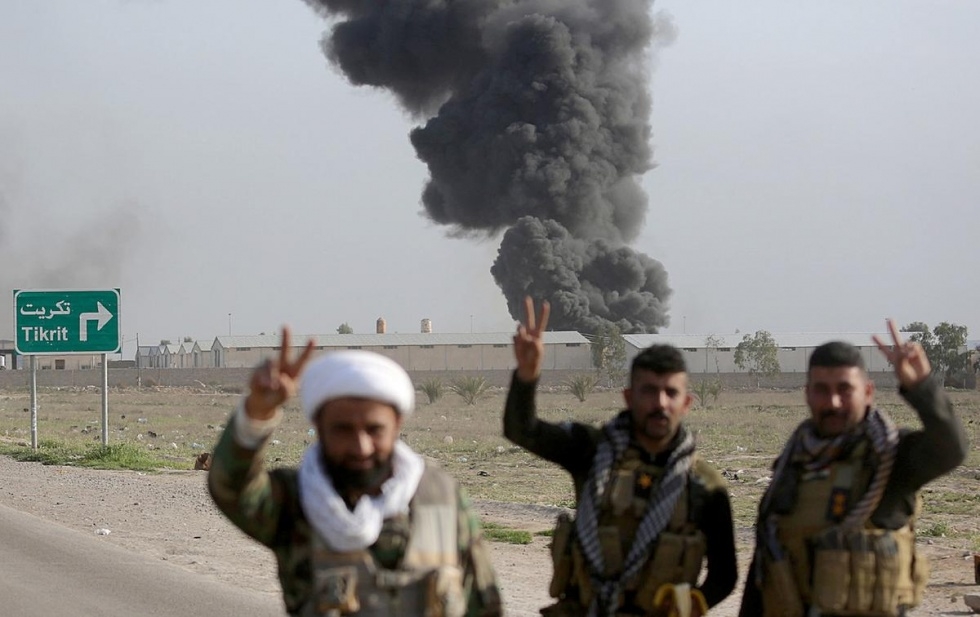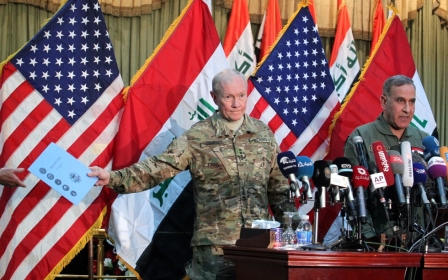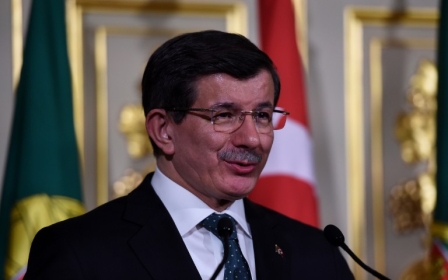Islamic State destroys bridge over Tigris River

The Islamic State group blew up the only bridge over the Tigris River in the entire Tikrit area on Tuesday as Iraqi forces continued to seal off the city, security sources said.
“The bridge was blown up by Daesh,” a police colonel said, using the Arab acronym for the militant organisation.
“A whole segment at the western end of the bridge collapsed.”
An army lieutenant colonel said: “Their goal is to slow the advance of Iraqi troops because the bridge is the only way into Tikrit from the east.”
The village of Albu Ajil, which Iraqi forces retook on Sunday, is on the eastern side of the river, as is the town of al-Alam, were IS militants expelled from rural areas have been regrouping. Al-Alam was declared as territory liberated from IS, after Iraqi forces retook the town.
“We rejoice in this victory and we want al-Alam to be the launch pad for the liberation of Tikrit and Mosul,” said Laith al-Jobouri, the mayor of al-Alam, in reference to previous gains.
Ad-Dawr, the other town where IS militants have been trying to resist the huge operation launched on 2 March to retake Tikrit, lies south of the city also on the eastern bank of the Tigris.
Commanders from the army and the government-controlled Popular Mobilisation units have been closing in on the three areas over the past week.
They have said their goal was to lay siege to Tikrit, a largely Sunni city about 160 kilometres north of Baghdad, which has been under IS control for nine months.
The city, which is the hometown of former president Saddam Hussein, is the one of the toughest target for the government troops and allied militias that started winning back lost ground last year.
The operation initially involved 30,000 men backed by Iraqi aircraft as well as US-led coalition aerial forces.
IS is believed to have only a few hundred men inside Tikrit, but government forces have said their advance has been slowed by large numbers of roadside bombs and booby traps planted by the militants all around the city.
Middle East Eye propose une couverture et une analyse indépendantes et incomparables du Moyen-Orient, de l’Afrique du Nord et d’autres régions du monde. Pour en savoir plus sur la reprise de ce contenu et les frais qui s’appliquent, veuillez remplir ce formulaire [en anglais]. Pour en savoir plus sur MEE, cliquez ici [en anglais].




